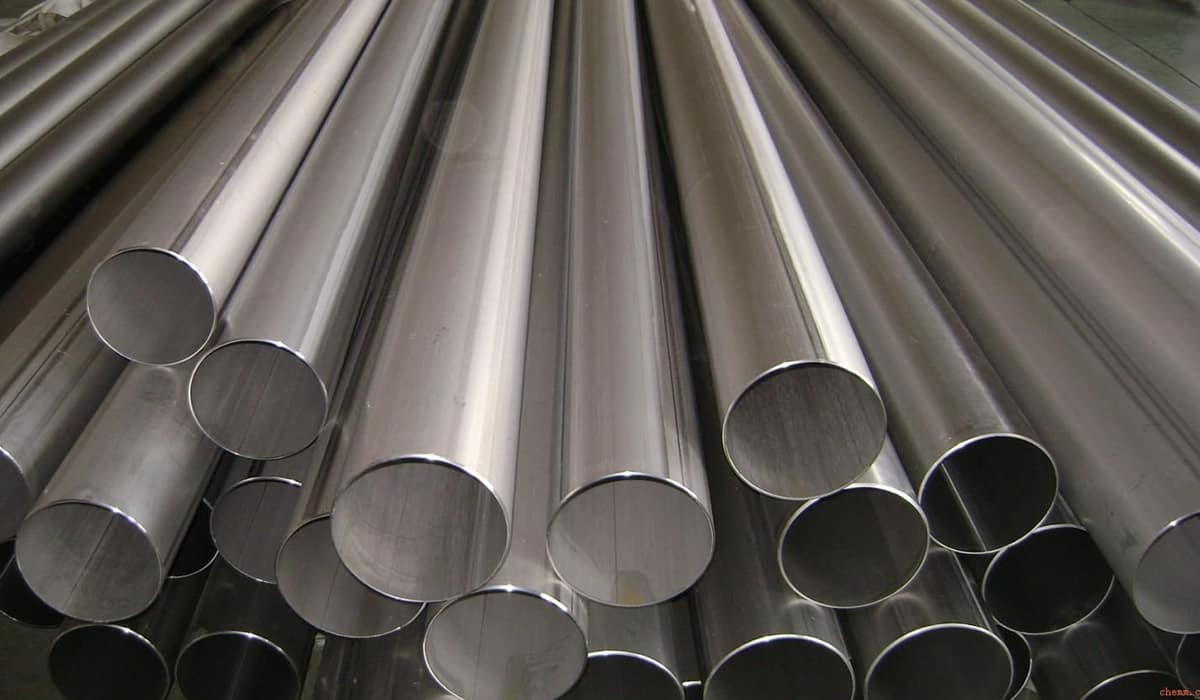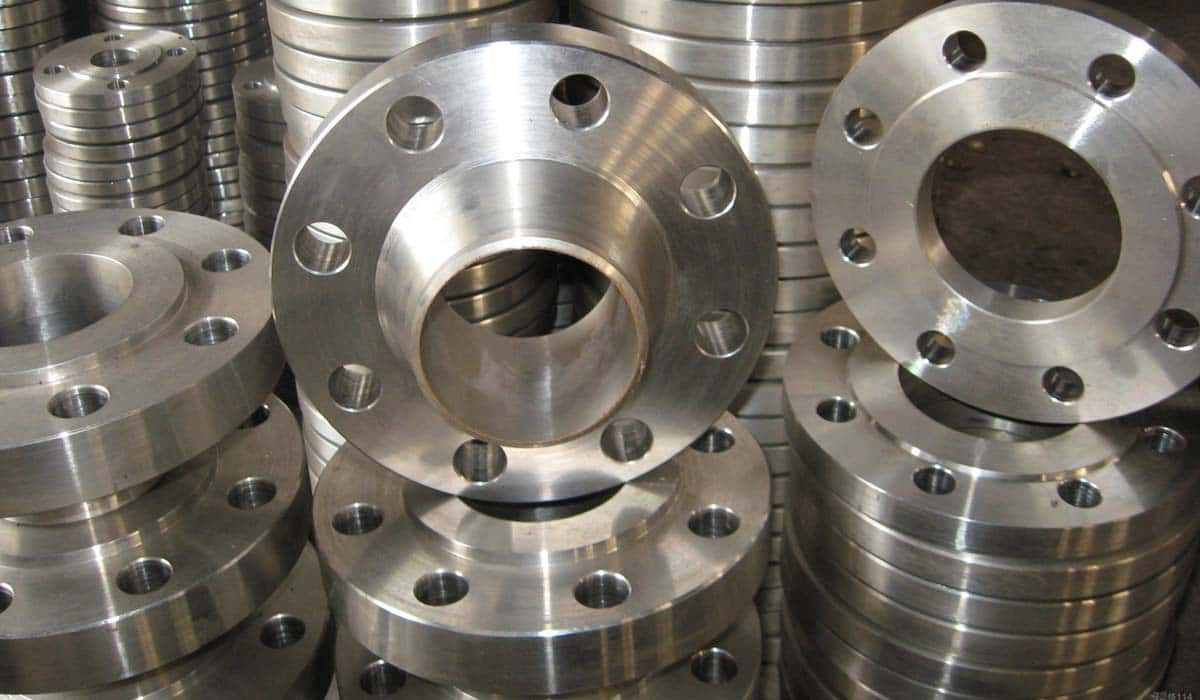Each iron base alloy with at least 10.5% chromium can be known as “stainless steel”, which covers a wide range of iron base alloys.
Different types of stainless steel are produced according to different applications by changing this ratio and adding additional components such as molybdenum, nickel, carbon, and manganese.
Steel is one of the most common forms of metal with different applications and functions. In fact, the term “steel” refers to the entire family of metal alloys.
Although there are many grades, carbon steel and stainless steel make up most of the different types of steel. Types of steel usually include different alloy components, even if they all have the same basic structure of iron and carbon.
While stainless steel must have at least 10.5% chromium, carbon steel is usually less than this quantity. As a result of these changes, each type of steel has its own unique properties.
stainless steel
A shape of steel known as stainless steel is one that is chromium and perhaps other alloyed elements such as nickel are added. Because it is made to protect against oxidation and thus is “unchangeable”, it is sometimes known as inox steel.
Iron is exposed to oxygen when exposed, while chromium may be exposed to oxygen without passing through this process. Therefore, chromium is added as shield to the stainless steel to create barriers between atmospheres oxygen and matter iron. It makes it “rust-resistant” and enables it to withstand corrosion or rust.

Stainless Steel Types
Stainless steel has many different qualities depending on how much chromium it contains; Normally, less chromium content leads to a steel that is cheaper but less flexible. There are several types of stainless steel, including:
Austenitic is the largest stainless steel family and accounts for about two-thirds of all stainless steel production. It has low productivity strength but strong corrosion and heat resistance and is often used in household appliances, industrial piping and ships, construction and architectural facade.
Washing machines, boilers and interior architecture usually use ferritic steel, a type of steel that usually has no nickel and often has higher corrosion, heat and crack resistance than most popular types.
Martensitic steels with magnetic inclination and lower corrosion resistance level compared to other stainless steels due to low chromium content are used to make knives and turbine blades.
Used in the fields of paper, pulp, shipbuilding, and petrochemical, duplex is a mixture of austenitic and oscillating steels, making it both strong and flexible. It has twice the yield strength of austenitic stainless steel.
In addition, precipitation has corrosion resistance of austenitic metals and could harden higher strength by adding extra elements such as aluminum, copper and niobium.

Benefits
corrosion resistance characteristics
High and low temperature resistance
It is available in a wide range of types.
Strong and Very Long Term
Low and simple maintenance for cleaning
Long term and cost-effective throughout its existence
If a beautiful appearance is required, it can be marked with a finish and is not easily stained.
Recyclable and Friendly For Environment
Disadvantages
high price, especially for start cost
This can be challenging, especially with no advanced tools and methods.
can often lead to expensive waste and rework
apps
Stainless steel can be used in many industrial settings, depending on the type of steel. Ford introduced stainless steel to the automobile industry in the 1930s and has since been used in cars for structural elements, kilns, termes and exhaust systems.

This applies to the manufacturing of airplanes; It is one of the most successful aircraft for use in the manufacture of runways, jet engines and landing gear. Because of corrosion resistance, low maintenance requirements and ease of cleaning, it is often used in clean and sterile conditions.
It is also useful for transporting and interacting with chemicals. So another very common application of technology in medicine.
Some stainless steels are often used in architecture due to their strength, flexibility, and strength, which are aided by their attractive and Polish appearance. For example, Singapore Helix Bridge and London Eurostar Terminal both use stainless steel regularly.
Making dishes, knives and forks, kitchen tools and stainless steel appliances are among the most common uses in the food and hospitality industry.
The stainless steel grades are less used for making kitchen appliances such as knives, while softer grades are used to make household appliances such as kilns, kilns, sauces and sinks.
steel, carbon
Carbon steel has much less chromium and primarily carbon alloy and iron with very low material, although more, are additional material. It is therefore called low-alloy steel.
Both stainless steel and carbon steel have the same chemical composition, but carbon steel with its carbon content is detectable from stainless steel.
It is usually between 2 and 2.5 percent, but often changes. Carbon steel is often cheaper and has its unique mechanical quality based on carbon content, while it is vulnerable to rust-proof steel.
Low-carbon steels are weaker and softer, but can be easily machined and welded, while high-carbon steel is stronger, but it is significantly harder to produce.
Carbon steel types
Carbon content is something that distinguishes each carbon steel alloy, and as a result, all kinds of carbon steel are sorted and classified.
Low-carbon steel is the most popular type of carbon steel with a carbon content of less than 0.25%. Often it is weaker and softer but easier to weld and soft, and it is a common choice for machining and low cost welding.
Medium-carbon steel has carbon contents between 0.25 and 0.6% and manganese between 0.6 and 1.65%.
They are stronger but less ductile than low-carbon steel and can be improved through heat treatment, but only in very thin sections unless additional alloying elements are introduced.
High carbon steel is the toughest and toughest carbon steel available. It has the lowest ductility, it’s very wear-resistant, and it’s almost always hard and soft. They typically range between 0.6 and 1.25% carbon and 0.3-0.9% manganese.



